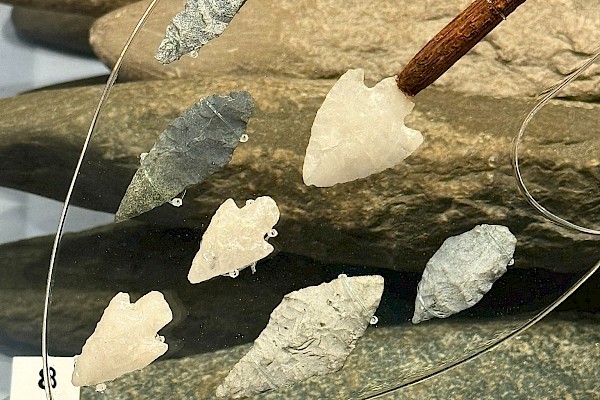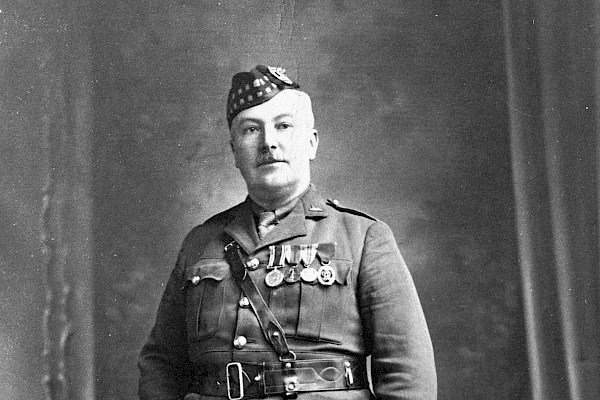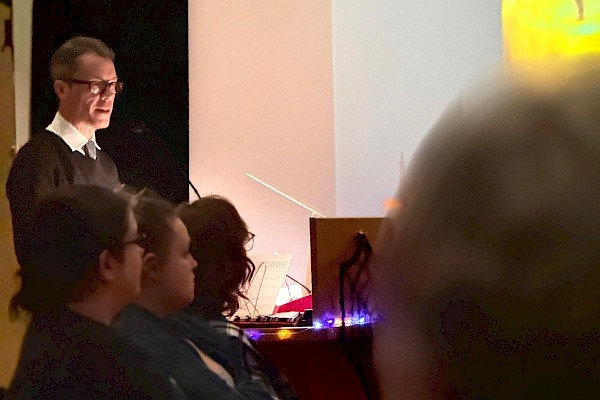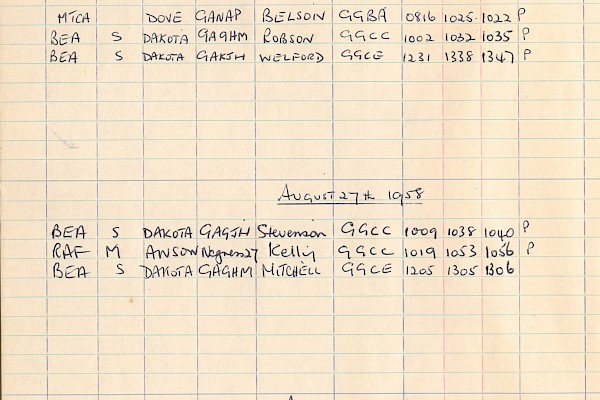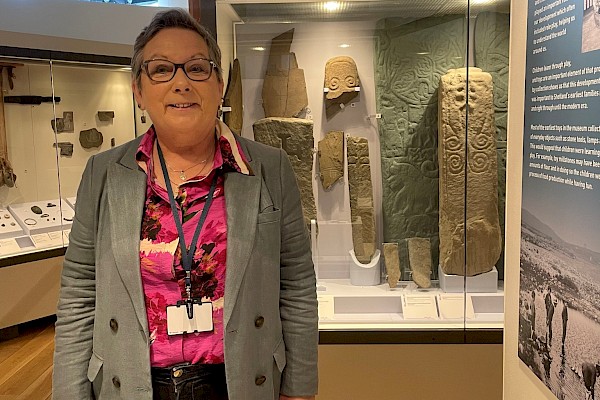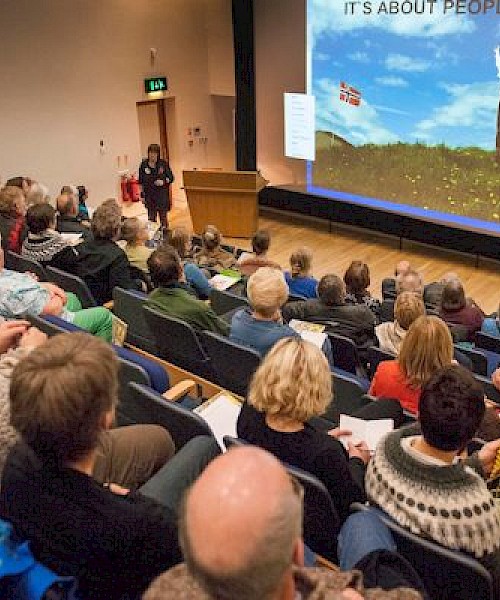Preparing for the herring – photos from the archives
George Gen and Sarah Mackintosh, members of our Visitor Experience team have pulled together a selection of photos from our online photo archive which provide an insight into Shetland's historic herring industry.
We see the scale of the gutting, packing and salting process, the different herring stations including Lerwick and Baltasound in Unst, the size of the herring fleet and some of the faces of the hardworking men and women. View more images from our online archive here.
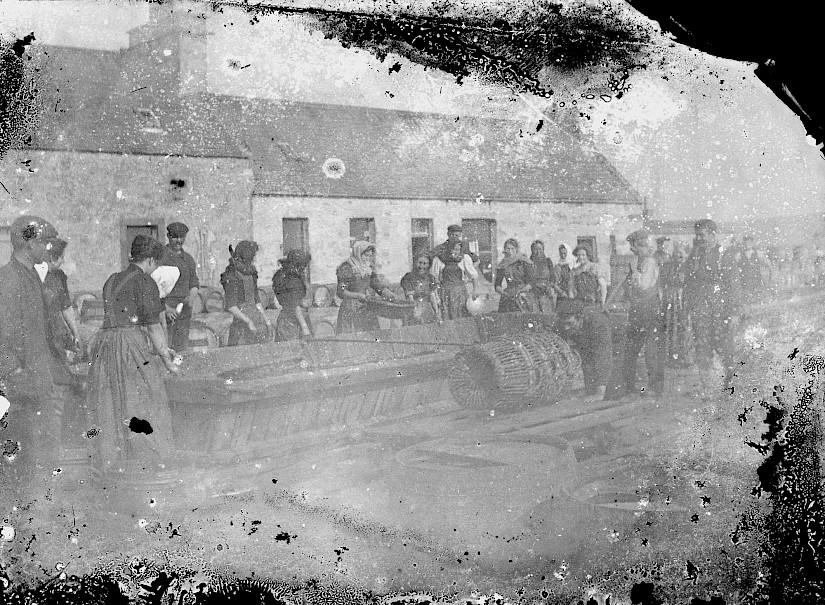
These women are waiting for the farlans to be filled with herring to begin the gutting, packing and salting process known as curing. The men in the foreground are preparing ¼ cran baskets ready to unload the herring from the fishing boats. {Cran a unit of measurement for herring} Ref: Z00403

Here we see the women gutting and packing herring in Lerwick about 1900. These women often travelled long distances to work the summer herring season in Shetland. They came from mainly the east coast ports of the UK from Yarmouth all the way north to Wick on the mainland. They also came from west coast ports such as Mallaig and from Ireland, Orkney and the western isles. Ref: NE08820
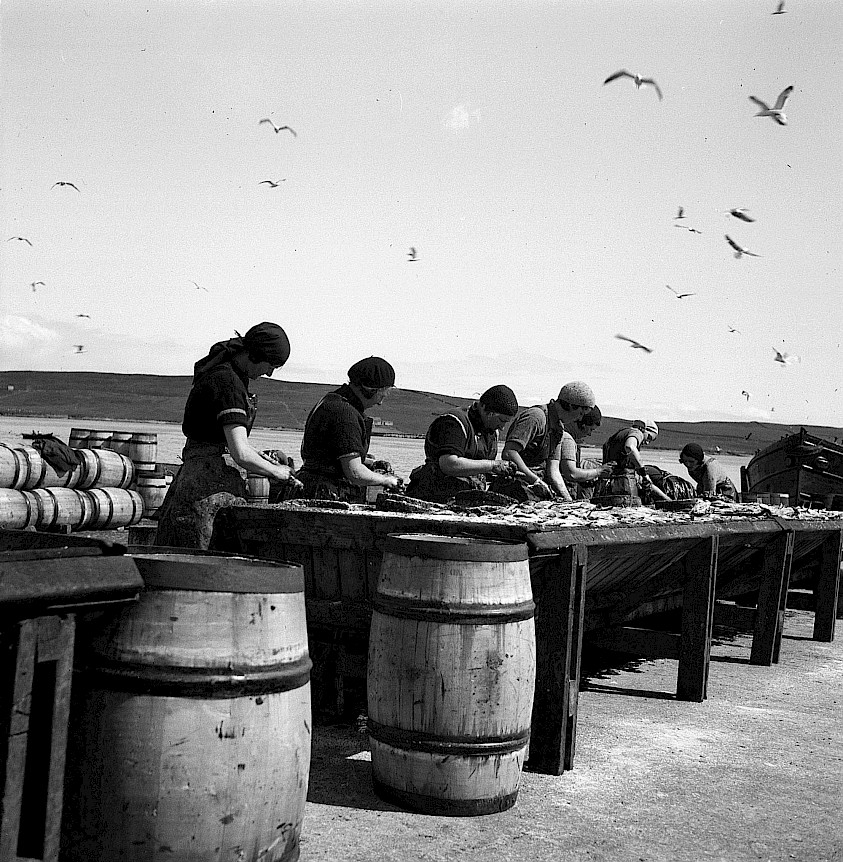
Women gutting herring. Note the empty barrels waiting to be packed with fish and salted down. It should be noted that the women often suffered cuts to their fingers and hands and with the use of salt it was literally like rubbing salt in the wound. To protect their hands they wrapped their fingers in cotton strips usually made from flour sacks; this afforded them some protection although many of the women got infections. Ref: P0018

The herring girls spent their spare time knitting as can be seen in this photograph taken in Lerwick around 1900. There could be hours between herring landings and the woman spent that time knitting and chatting whilst staying close to their work stations. They mostly knitted ganseys, socks and other items of clothing. Ref: PR00569
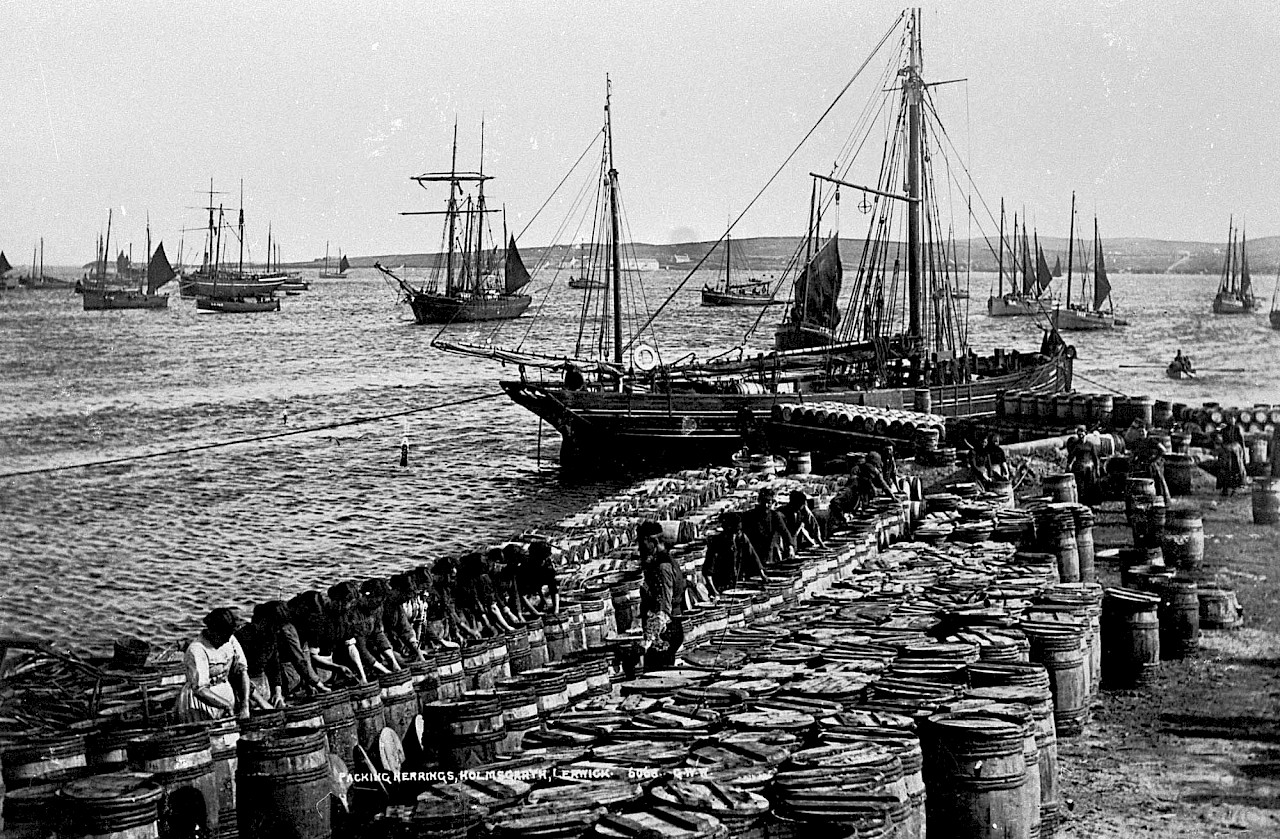
This photograph taken in Lerwick in the 1880s shows barrels that are being topped up with herring before export. The herring once packed into barrels would start to sink and leave a space which had to be topped up by the packers. Ref: NE08619

This photograph was taken in Lerwick in the 1940s; these women are gutting herring at the North Ness at the Davidson herring station. In the background are barracks where visiting workers would stay for the entire season. It was very basic accommodation but many of the woman enjoyed the independence away from their normal lives and the ability to earn their own money. The women in this photograph are from Shetland; Peem Mair, Lorraine Jamison, Ruby Mann, Vi Anderson and Doris Smith. Ref: T06676
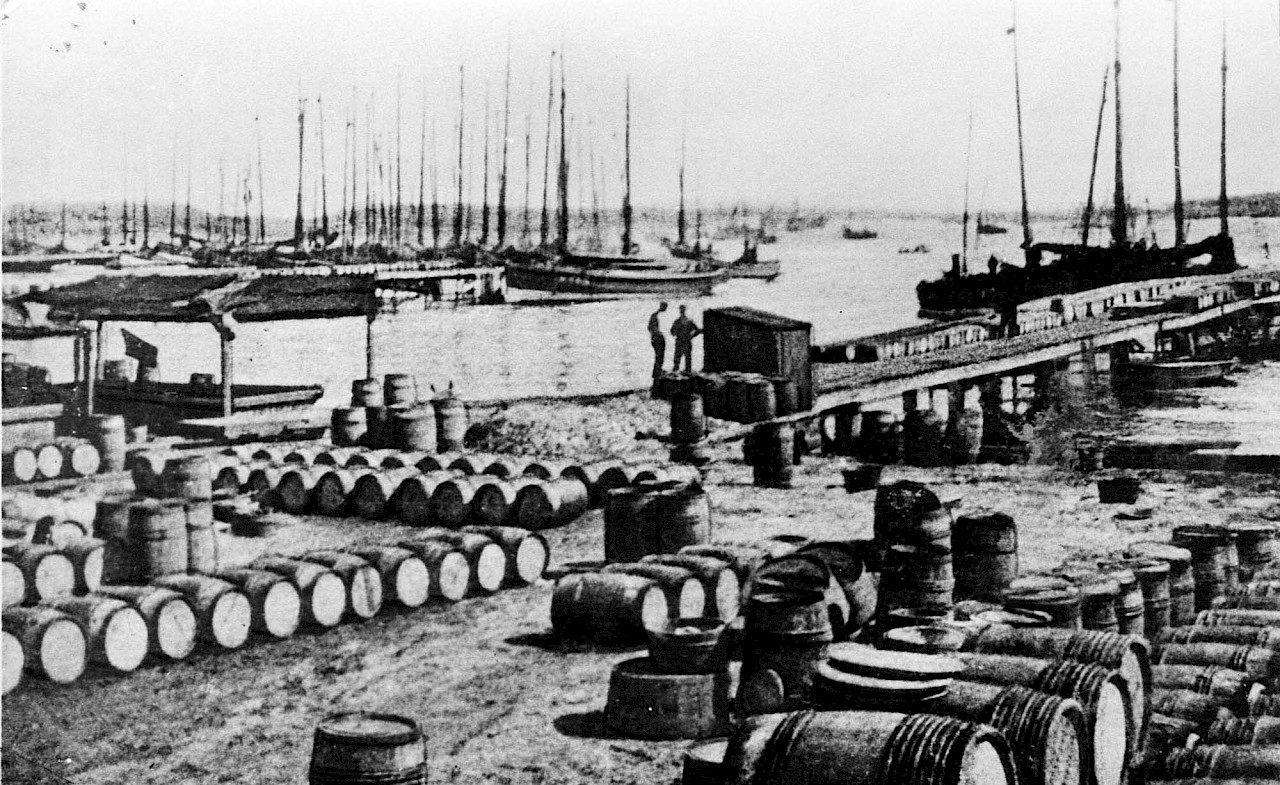
Baltasound, Unst 1900s herring barrels waiting to be loaded onto a cargo ship for export. Baltasound was at one time the biggest herring station in Europe during the summer season and the population could increase twenty fold from 500 people to ten thousand. Ref: Z00300

In this photograph we see women gutting and packing herring in Unst and in the background are steam drifters, a relatively new type of fishing vessel that started to appear in the mid-1880s. These vessels had a considerable advantage over the sailing drifters as they were usually larger and not dependent on wind direction to get to the fishing grounds. These vessels sounded the death knell of the sailing drifters. Shetlanders did not own many steam drifters, instead opting to motorise their sailing vessels using petrol or paraffin engines as a method of propulsion. Note the herring barrels in the foreground with willow instead of iron hoops. Ref: Z00305
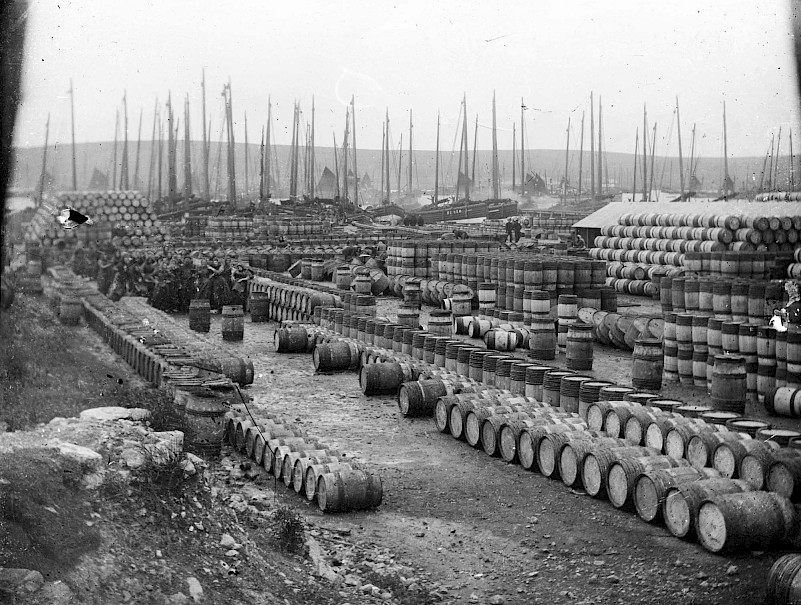
This photograph is of the main herring station in Baltasound, Unst. There was another herring station in Unst - Uyeasound - a much smaller operation. In this photo are hundreds of herring barrels as well as women gutting and packing the fish. They gutted the herring at a phenomenal rate of one a second and working in teams of three - two gutting and one salting and packing. They could complete three barrels an hour at an average of 750 fish per barrel. Quite an accomplishment. Ref: JJ00038
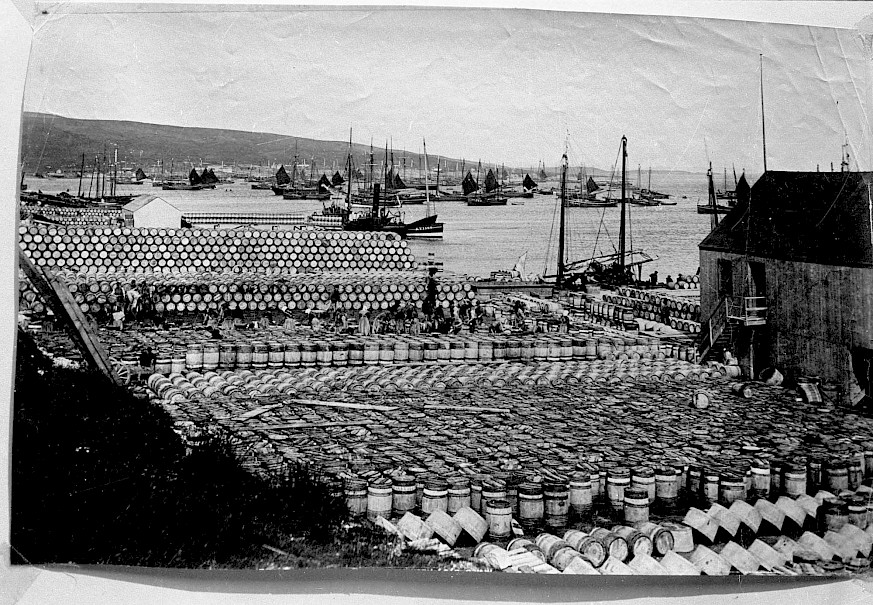
Herring station at Lerwick north harbour 1880s with hundreds of herring barrels in the foreground. The vessel in the background is the Fife registered drifter KY 1565, most probably from the fishing village of Anstruther in north east Fife. Many boats and indeed herring lassies came to Shetland for the summer season from that region. Ref: NE02684

A group of herring girls dressed in their finery ready to attend some social occasion probably on a Saturday night when they held many dances during the herring season. This was a welcome break before returning to the arduous task gutting and packing the herring. Ref: ST0004



